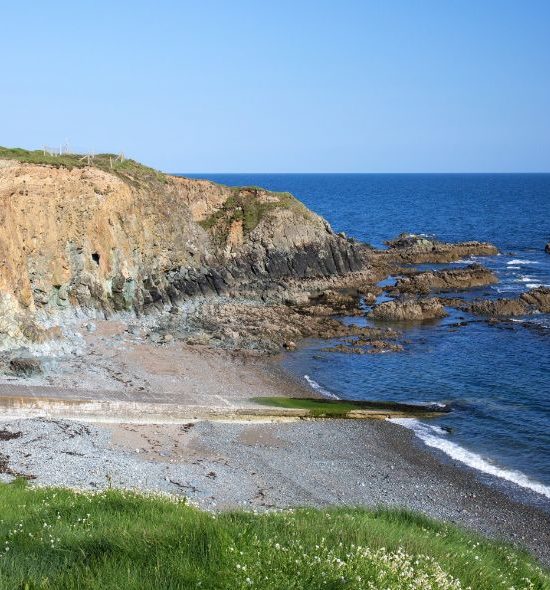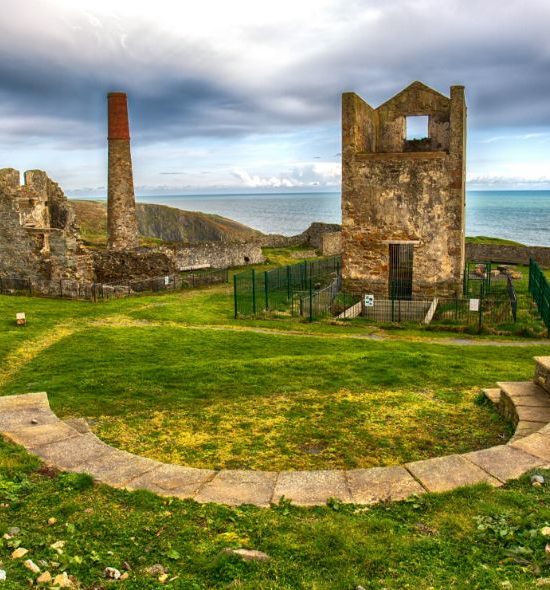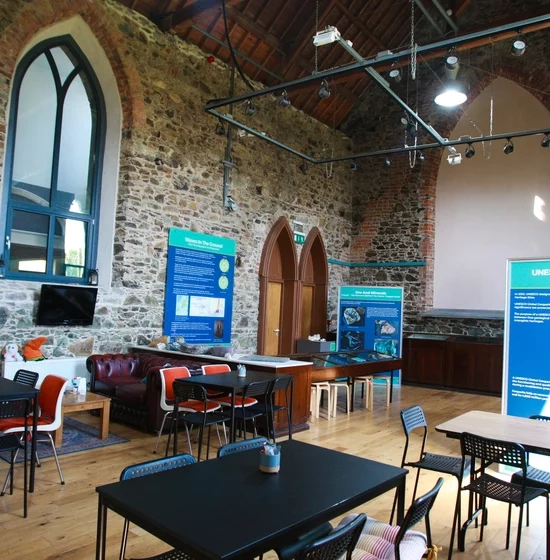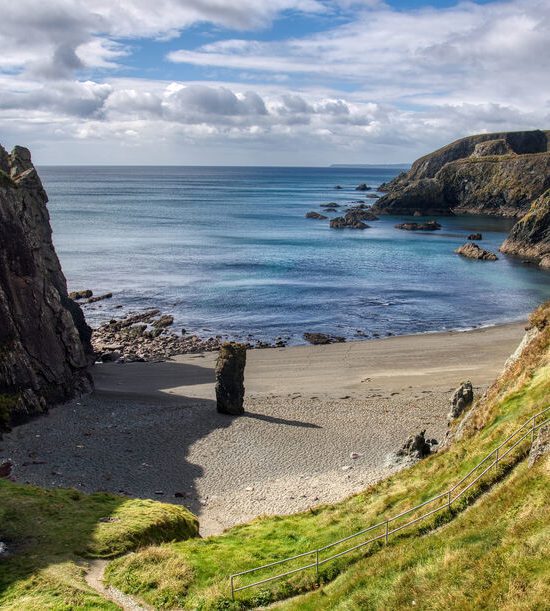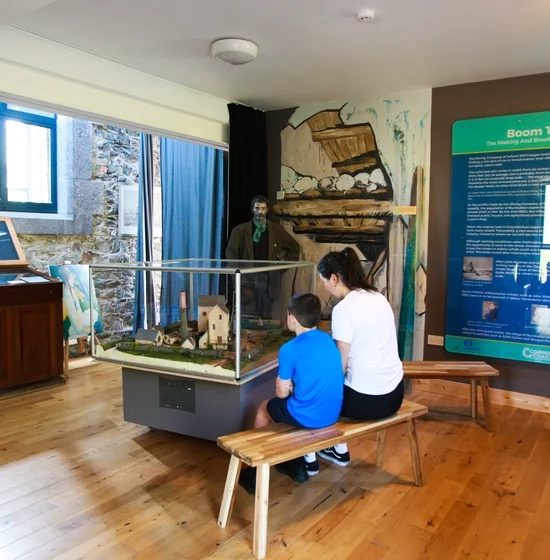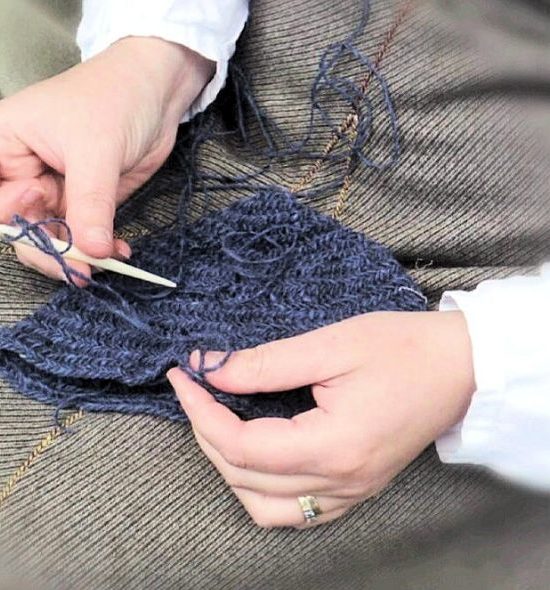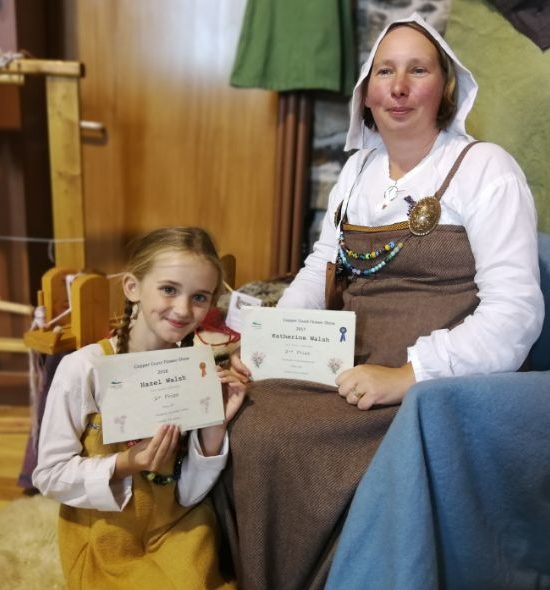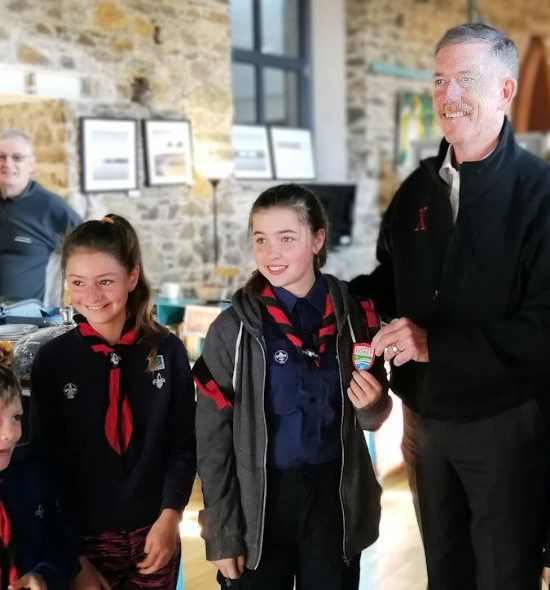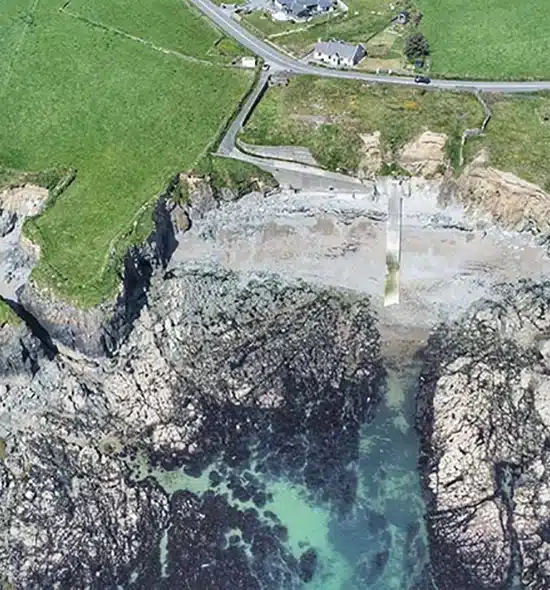Geology of the Copper Coast
Part of a Continental margin
The oldest rocks of the Copper Coast were formed 460 million years ago during the Ordovician period. At this time, the Copper Coast was part of a Continental margin, located under the sea near the South Pole.
As one continental plate slipped under another due to plate tectonics, magma rose from the depths of the earths mantle until it erupted in two separate volcanoes through the ocean floor where the Copper Coast was located. The first volcano erupted into and through the ocean floor. This created the dark coloured mafic volcanic rocks found along the coast – predominantly Andesite and Basalt. These rocks are part of the Bunmahon formation.
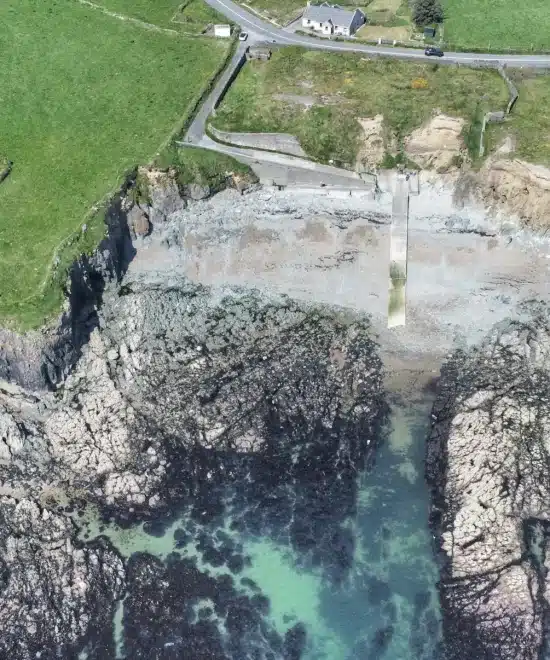
The Sea Became Quiet
A second volcano, more explosive than the first one erupted around 455 million years ago. The magma from this eruption was more felsic and created the range of rhyolitic and breccia rocks found around the coast. It then switched off and the Copper Coast moved northwards, with its continent, towards the Equator.
The Copper Coast was now on land and during this time (the Devonian period) around 390 million years ago, the Copper Coast was home to a dry desert landscape with occasional flooding. This environment created red sandstones and conglomerates. As tectonic movement continued, these rocks were uplifted during mountain forming processes about 360 million years ago.
About 2 Million Years Ago
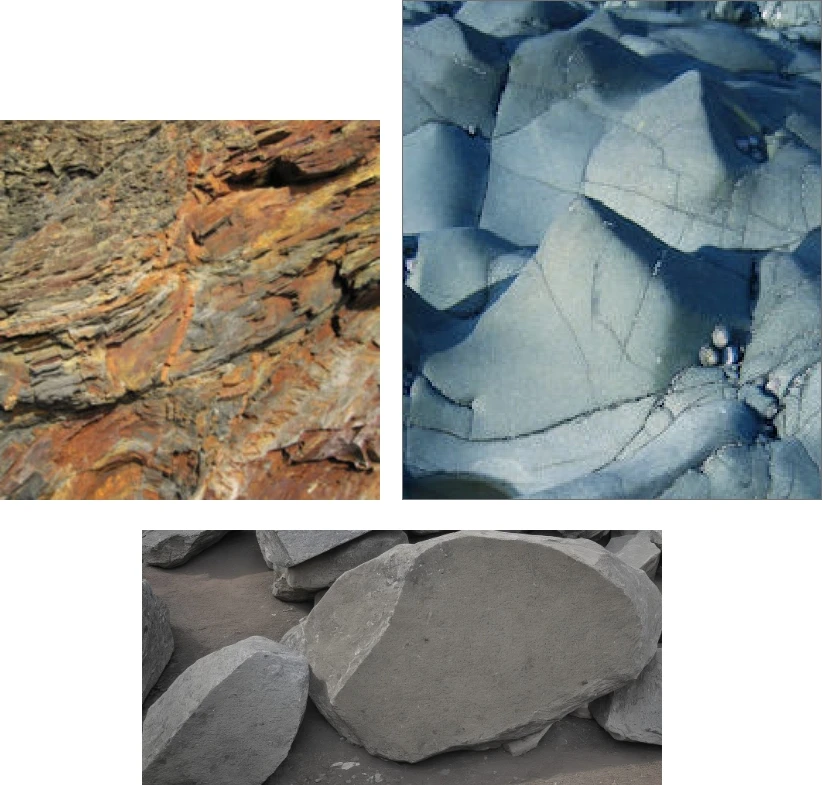

COPPER COAST GEOSITES
Learn about the connected geological, historical and cultural heritage of our area.
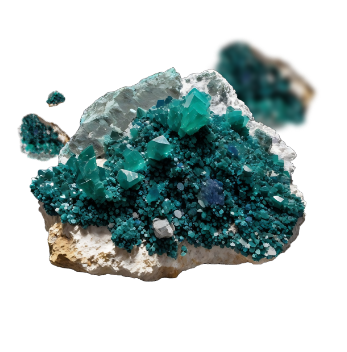
Discover Our Journey Through the Gallery
Join us on an exciting journey as we capture the essence of the Copper Coast through our Instagram feed.
Follow our adventures as we traverse stunning landscapes and immerse ourselves in the wonders of time and nature.

